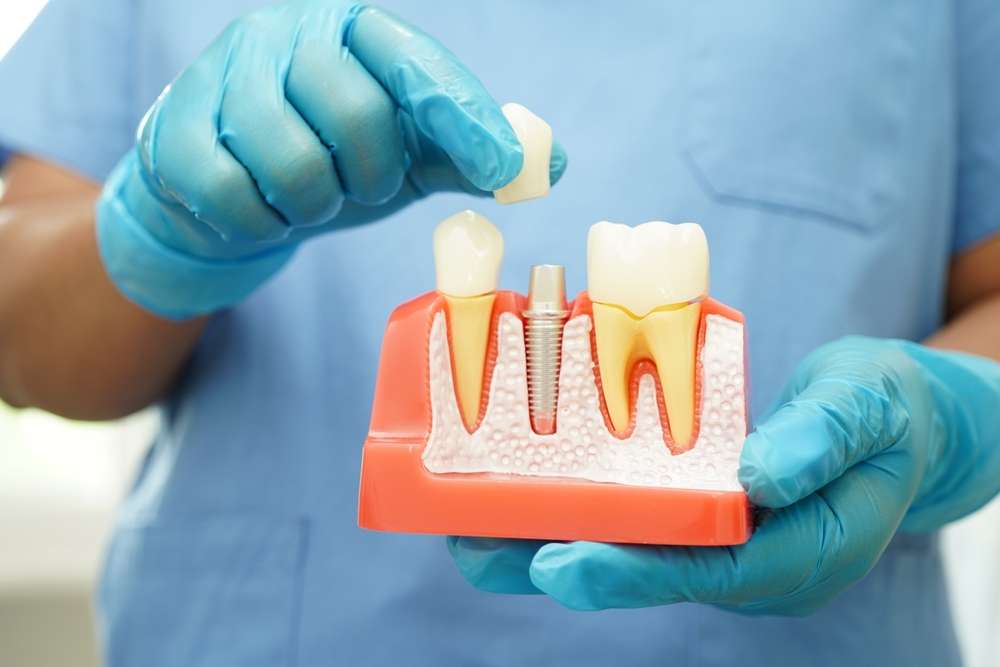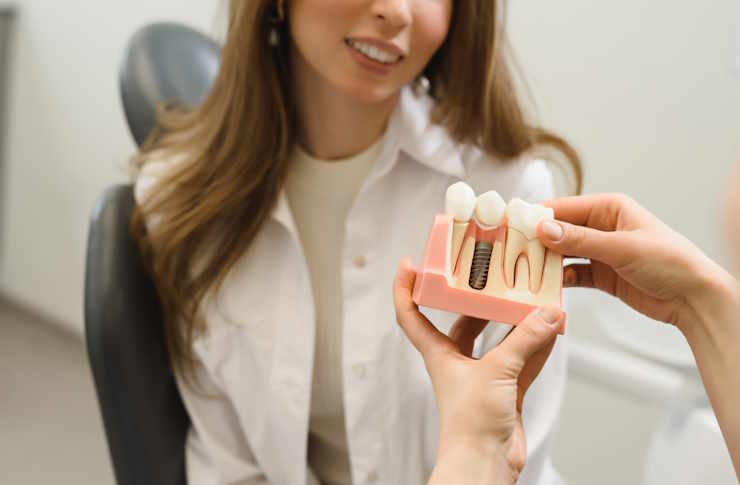Understanding Screwless Dental Implants and Costs in Canada
Screwless dental implants offer an alternative approach to traditional implant procedures, utilizing cement retention instead of screw mechanisms for crown attachment. While these implants can provide certain advantages in specific clinical situations, they also present unique considerations regarding maintenance, cost, and long-term outcomes. For Canadian patients exploring implant options, understanding the differences between screwless and traditional implants, associated procedures, and financial implications becomes essential for making informed decisions about oral health restoration.

Screwless dental implants represent a distinct category within implant dentistry, designed to address specific clinical needs while offering alternatives to conventional screw-retained systems. These implants utilize cement-retained crowns rather than screw mechanisms, creating different treatment dynamics and patient experiences.
Understanding Screwless Implant Disadvantages
Screwless implants present several limitations that patients should carefully consider. The primary concern involves retrievability challenges, as cement-retained crowns can be difficult to remove for maintenance or repairs without potential damage. This limitation becomes particularly significant when addressing complications or performing routine maintenance procedures.
Additionally, excess cement removal poses technical challenges during placement, potentially leading to peri-implantitis if cement residue remains below the gum line. The cementation process also requires precise technique to ensure proper sealing while avoiding cement overflow into surrounding tissues.
Another consideration involves limited adjustability once the crown is cemented in place, making modifications more complex compared to screw-retained alternatives that allow easier access and adjustment.
Screwless Implant Procedure Details
The screwless implant procedure follows specific protocols that differ from traditional screw-retained systems. Initial implant placement occurs similarly to conventional methods, involving surgical insertion of the titanium implant into the jawbone followed by an osseointegration period.
Once healing completes, the procedure diverges significantly. Instead of creating screw access holes, the crown preparation focuses on optimal cement retention form. The abutment design emphasizes retention features while maintaining appropriate emergence profiles for gum health.
Crown cementation requires meticulous technique, with careful cement application and thorough excess removal. The procedure typically involves temporary cementation initially, allowing for adjustments before final permanent cementation.
Cost Considerations for Screwless Implants
Screwless implant costs in Canada vary significantly based on location, complexity, and provider expertise. The procedure typically ranges from $3,000 to $6,000 per implant, including crown placement. However, these estimates can fluctuate based on individual clinical requirements and geographic factors.
Several factors influence pricing, including implant system selection, abutment complexity, crown materials, and laboratory fees. Additional costs may arise from specialized imaging, bone grafting procedures, or complex restorative requirements.
| Implant Type | Provider | Cost Estimation |
|---|---|---|
| Screwless Single Implant | General Dentist | $3,000 - $4,500 |
| Screwless Single Implant | Oral Surgeon | $4,000 - $6,000 |
| Multiple Screwless Implants | Prosthodontist | $5,500 - $8,000 per implant |
| Complex Screwless Cases | Specialist Clinic | $6,000 - $10,000 per implant |
Prices, rates, or cost estimates mentioned in this article are based on the latest available information but may change over time. Independent research is advised before making financial decisions.
Dental Implant Costs for Canadian Seniors
Senior patients face unique financial considerations when exploring dental implant options. Many seniors operate on fixed incomes, making treatment affordability a primary concern. While provincial health plans typically don’t cover implant procedures, some seniors may access coverage through extended health benefits or private insurance plans.
Age-related factors can influence treatment complexity and associated costs. Seniors may require additional procedures such as bone grafting or sinus lifts, potentially increasing overall treatment expenses. However, many dental practices offer payment plans or financing options specifically designed to accommodate senior patients’ financial situations.
Some seniors may qualify for reduced-fee programs through dental schools or community health centers, providing access to implant treatment at lower costs while receiving care from supervised students or residents.
Comparing Screwless and Traditional Implant Systems
When evaluating implant options, patients benefit from understanding fundamental differences between screwless and traditional screw-retained systems. Traditional implants offer superior retrievability and maintenance access, while screwless systems may provide better esthetics in certain anterior regions due to elimination of screw access holes.
Cost differences between systems often prove minimal, with technique complexity and provider expertise playing larger roles in final pricing. Long-term maintenance considerations may favor traditional systems due to easier access for repairs and adjustments.
Patient lifestyle factors, oral hygiene capabilities, and long-term maintenance preferences should influence system selection discussions with dental professionals.
Making Informed Treatment Decisions
Successful implant treatment requires comprehensive evaluation of individual needs, financial considerations, and long-term expectations. Patients should discuss all available options with qualified dental professionals, considering both immediate and future implications of their choices.
Thorough treatment planning, realistic cost expectations, and understanding of maintenance requirements contribute to successful outcomes regardless of implant system selection. Canadian patients benefit from seeking multiple consultations and exploring various financing options to make implant treatment accessible and sustainable.
This article is for informational purposes only and should not be considered medical advice. Please consult a qualified healthcare professional for personalized guidance and treatment.



